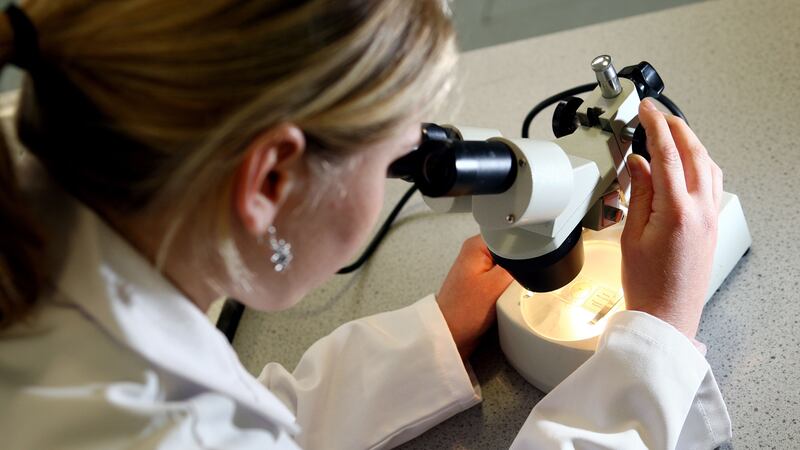Damage caused by a gene-editing “super tool” is greater than experts had previously thought, raising doubts about its potential as a game-changing medical treatment.
Previous research has suggested that the CRISPR/Cas9 technique, which allows precise changes to be made to DNA, is generally safe.
In numerous tests, few unexpected mutations have been seen at the gene-editing target site.
But a new study using both mouse and human cells has revealed extensive “collateral damage” at locations unexpectedly far from the target zone.
Many of the cells tested had suffered severe scrambling of their DNA, with large sections of the molecule being deleted or replaced with insertions.
In theory, this could lead to important genes being switched on or off, the scientists warned.
Some of the changes occurred too far from the target site to be easily spotted using standard techniques.
Professor Allan Bradley, a member of the team from the Wellcome Trust Sanger Institute in Hinxton, Cambridgeshire, said: “This is the first systematic assessment of unexpected events resulting from CRISPR/Cas9 editing in therapeutically relevant cells, and we found that changes in the DNA have been seriously underestimated before now.
“It is important that anyone thinking of using this technology for gene therapy proceeds with caution, and looks very carefully to check for possible harmful effects.”
CRISPR/Cas9 is an elegant way to manipulate DNA based on a bacterial immune defence against viruses.
First demonstrated by scientists at the University of California, Berkeley in 2012, it employs guided molecular “scissors” to cut through double strands of DNA at precise locations.
A new piece of DNA can then be inserted with the help of a cell’s own repair mechanisms.
CRISPR/Cas9 has already revolutionised scientific research into the causes of genetic disease.
In future it could form the basis of powerful gene-editing treatments for conditions as wide-ranging as HIV infection, cancer or sickle cell anaemia, many experts predict.
The new research, reported in the journal Nature Biotechnology, suggests that scientists pioneering gene-editing treatments may now have to take a step back.
Michael Kosicki, another member of the Sanger Institute team, told how the discovery was made by accident while CRISPR/Cas9 was being used to study gene activity.
He said: “It became clear that something unexpected was happening. Once we realised the extent of the genetic rearrangements we studied it systematically, looking at different genes and different therapeutically relevant cell lines, and showed that the CRISPR/Cas9 effects held true.”
Genes are stretches of DNA containing sequences of chemical units that provide the instructions for making proteins.
Most of the double-helix DNA molecule does not consist of genes, and was once dismissed as useless “junk”.
Scientists now know that some elements of non-coding DNA play a vital role in controlling gene activity.
It is these regions of the genome that could be especially vulnerable to hidden damage caused by CRISPR/Cas9, the new research suggests.
Commenting on the study, geneticist Dr Francesca Forzano, from Guy’s and St Thomas’ NHS Foundation Trust in London, said: “This important work demonstrates that this technique is much less safe than previously thought, and suggests that the techniques previously used to monitor the efficiency and safety of CRISPR/Cas9 exploitation were not entirely adequate.
“This work represents a milestone in the gene-editing field and signposts that more caution shall be exerted in the application of this technique and more research is needed before considering any possible clinical application.”
Professor Robin Lovell-Badge, from the Francis Crick Institute in London, said: “This paper highlights the need when conducting experiments involving genome editing, and particularly for clinical applications, to verify that the alterations to the DNA sequence are those, and only those, that had been designed to occur.
“This has always been obvious. But the results give no reason to panic or to lose faith in the methods when they are carried out by those who know what they are doing.”








